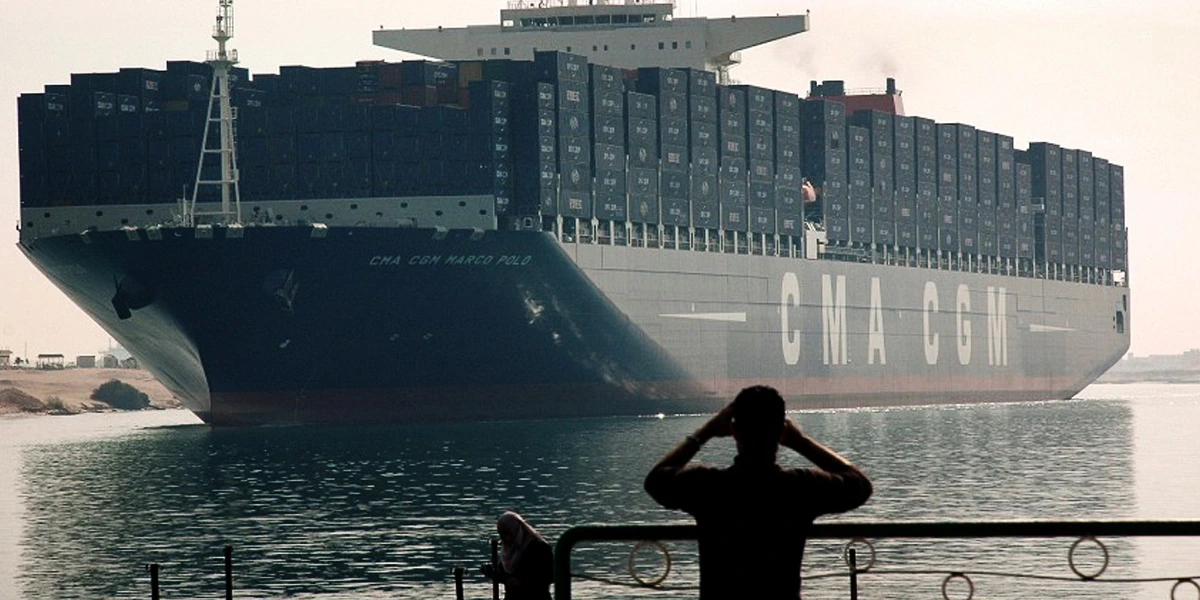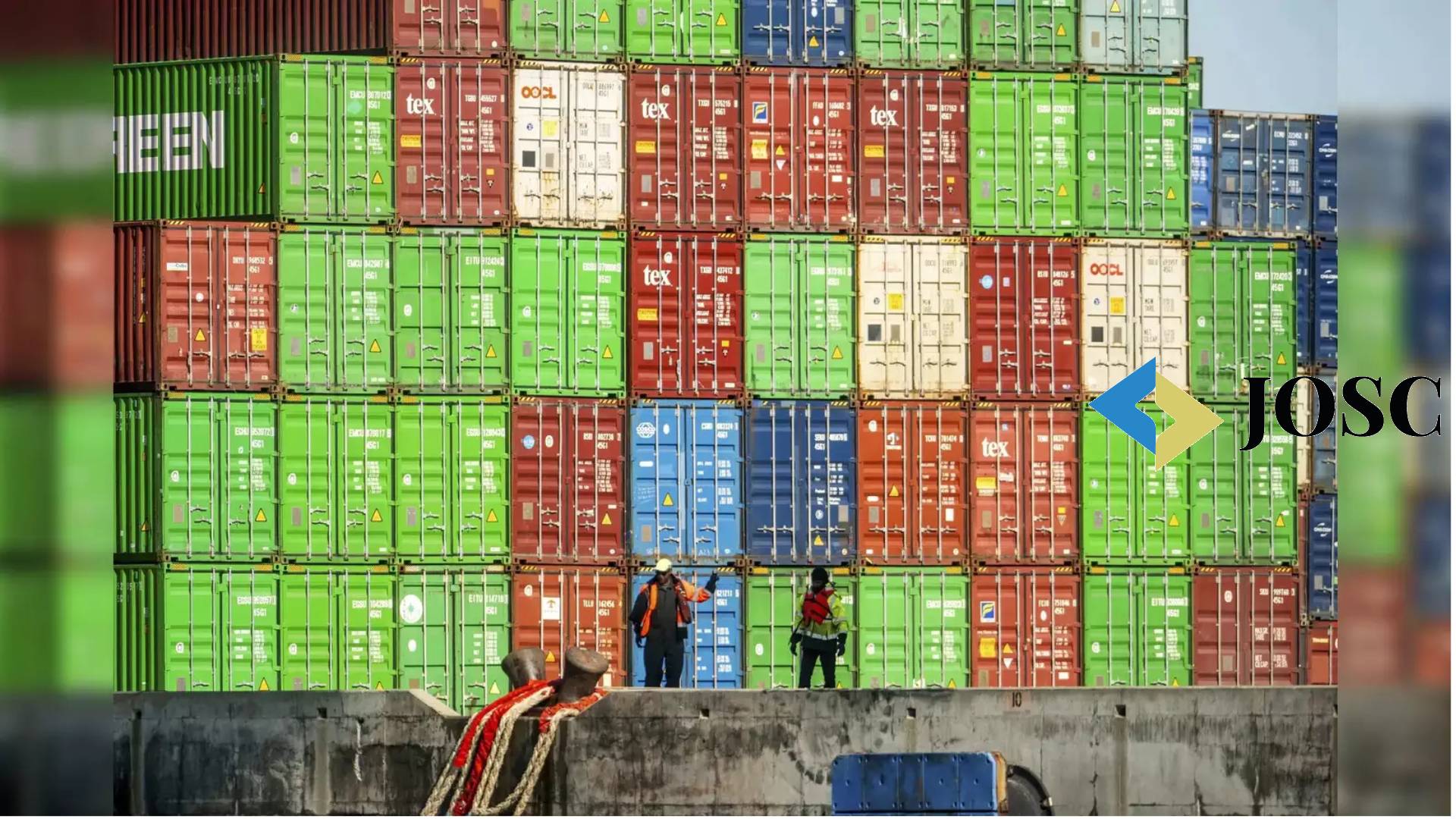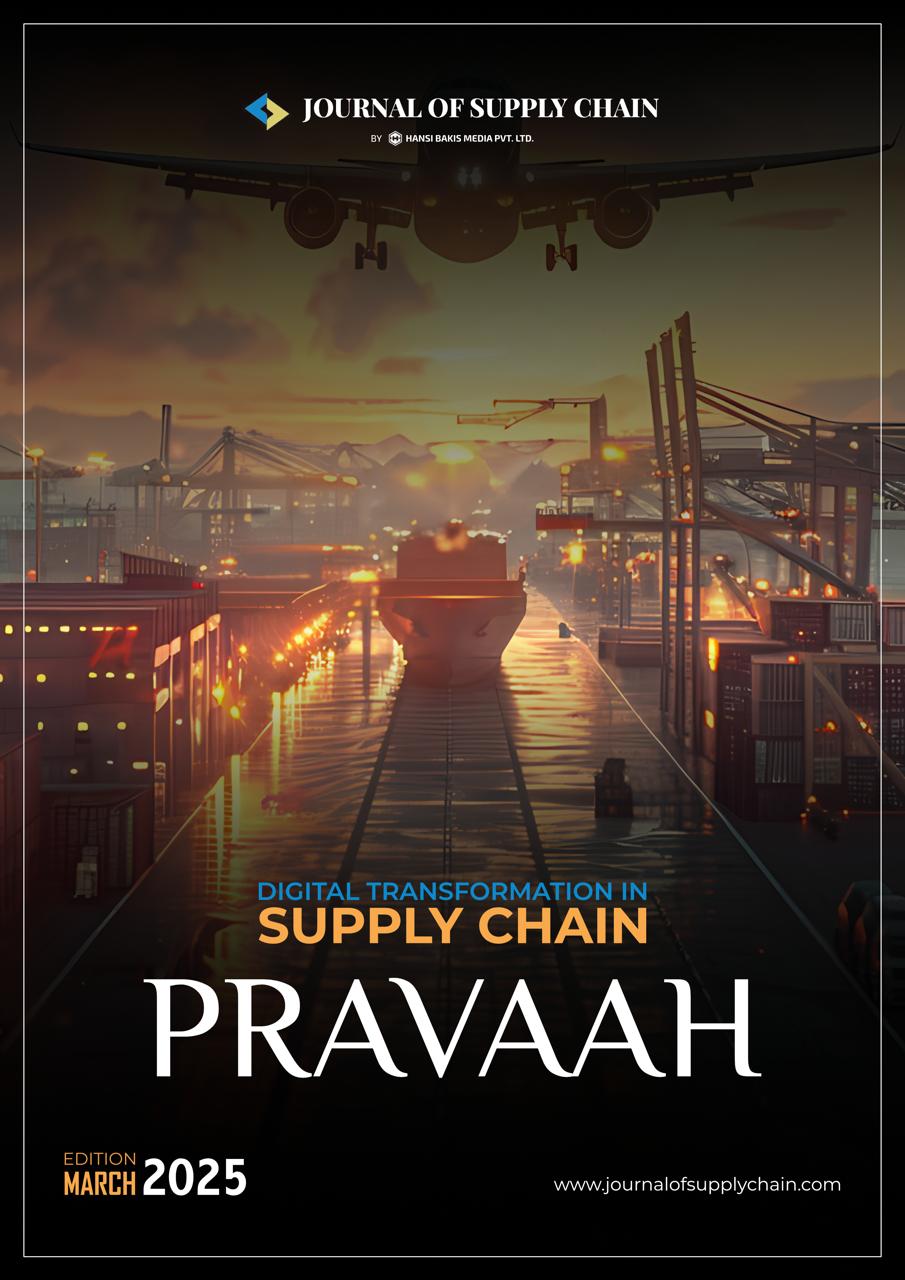Freight Market Volatility to Persist Through 2025 Despite Suez Canal Reopening, Says Expertt
Shippers should brace for continued volatility in container shipping freight markets through 2025, as the recent reopening of the Suez Canal is unlikely to immediately alleviate disruptions and high freight rates. This assessment comes from Lars Jensen, CEO of Vespucci Maritime, who shared his insights during a recent episode of The Freight Buyers' Club podcast. Jensen, a prominent container shipping analyst, discussed the potential ramifications of the ongoing Red Sea crisis on global trade. He highlighted that if the crisis persists, leading to the significant rerouting of global container shipping fleets around southern Africa, global shipping capacity will remain constrained and susceptible to further disruptions. Even in the event of an unexpected stabilization in the Middle East and a cessation of Houthi attacks on global trade, Jensen cautioned that it would take a considerable amount of time for shipping networks to normalize. "If you're in the freight buying business and seeking stability, you might need to reconsider your career path," he remarked, emphasizing that the next 18 months will likely be marked by substantial challenges, with stability being the least likely outcome. Jensen outlined a probable scenario where the Red Sea crisis endures, leading to "sustained high freight rates" and "ongoing volatility." Even if the Suez Canal resumes full operations, he warned that this could trigger severe port congestion in Europe, exacerbating existing complications. "The first thing we'll see when the Suez Canal reopens is a rush of ships taking the shortcut to Europe, which could lead to massive port congestion," Jensen explained. This congestion would subsequently affect shipping services from regions such as Africa, Latin America, and North America. Looking ahead to 2025, Jensen suggested that if the Suez Canal remains largely inaccessible to container ships and no additional disruptions occur in global supply chains, both contract and spot rates are expected to decline. He predicted a typical increase in shipping activity leading up to the Chinese New Year in early 2025 but anticipated that peak season rates in the third quarter would likely be lower than the current highs due to the continued influx of new vessels. "By the time we reach peak season in 2025, we should see some relief. If there are no new disruptions, rates will start to decrease. They'll still rise during the peak season, but not to the record levels of summer 2024, nor will they drop to the lows seen at the end of 2023," Jensen concluded.








